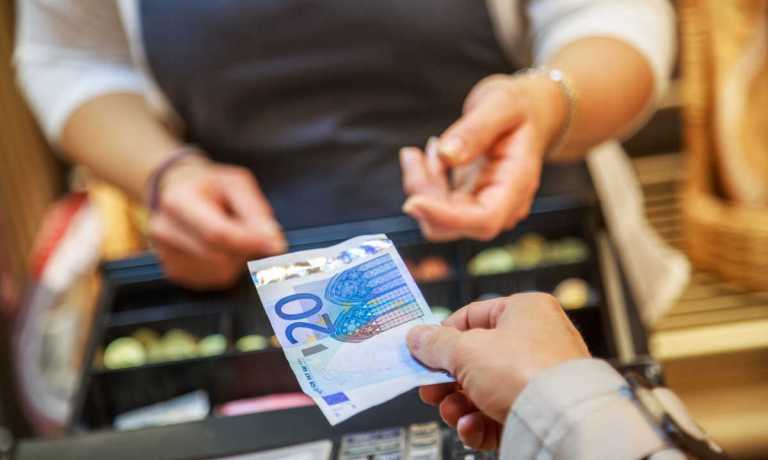Consumer Demographics Determine Payment Preferences, Says European Central Bank

The way consumers shop and pay has been clearly digitized in recent years.
There are dozens of reports and surveys that attest to this fact, including PYMNTS’ quarterly Connected Economy reports, and a recently published European Central Bank (ECB) study on payment behaviors in the eurozone.
According to the ECB report, which follows an initial study released in 2019, the period between 2019 and 2022 witnessed radical changes in the way European consumers shop and pay more than any other three-year period in modern history.
For example, 72% of all payments in the eurozone used cash in 2019. But by 2022, cash payments accounted for only 59% of all transactions, a marked decline in the total share.
However, compared to the previous three years when cash usage fell from 79% in 2016, it’s hard to paint the pandemic era fall in cash usage as a radical divergence from existing trends.
Perhaps then, a better place to look for the acceleration of payment digitization is in the share of all transactions that took place online, an indication of the prominence of eCommerce in the wider economy.
There, digitization is more pronounced and can be observed in every single eurozone country.
In 2022, the ECB observed that at least 10% of all non-recurring transactions were online payments across the eurozone. This change is noteworthy, given that in 2019 online transactions accounted for less than 5% of non-recurring payments in three countries — Malta, Cyprus and Germany.
In 2022, the share of online payments was over 20% in some countries for the first time, the highest values being reported in Belgium (24%), Austria and Ireland (both 21%) and France (20%).
Of note is that the share of online payments was greater in terms of the value than the volume of transactions, suggesting that online payments were more frequently used for higher-value purchases.
In fact, online payments accounted for as much as 40% of the value of all purchases in Slovenia, followed by Finland (37%), Belgium (36%) and Austria (35%).
Demographic Payment Trends
The ECB also collected data on the people behind the transactions, finding correlations between people’s preferences for online shopping and their age and education level.
Perhaps unsurprisingly, the share of all payments that people make online decreases with age. The exception is the 18-24 age group, who made slightly fewer online purchases than those aged 25-39, perhaps reflecting their weaker spending power compared to their older peers. Across the eurozone, the 25-39 group made 22% of all their payments online.
For the remainder of payments that are made at the point of sale (POS), consumer behavior diverges significantly between countries.
For example, the Netherlands has the highest preference for mobile payments at the POS of any Eurozone country, with 10% of all transactions made using a mobile app.
Across the countries studied, the share of payments using mobile apps increased from less than 1% in 2019 to 3% in 2022.
Finally, the ECB data suggests that the way people transact among peers has also evolved, with peer-to-peer (P2P) payment preferences showing a similar trend for digitization to that observed in commercial transactions.
Between 2019 and 2022, the share of P2P payments made using a mobile app more than tripled from 3% to 10%. In terms of the value of those transactions, the change was even more pronounced, rising from 4% to 11%. This suggests that not only are people now more likely to send each other money via a mobile app, but they are also sending larger sums.
For all PYMNTS EMEA coverage, subscribe to the daily EMEA Newsletter.